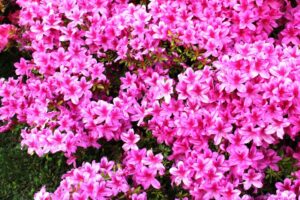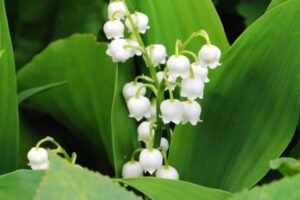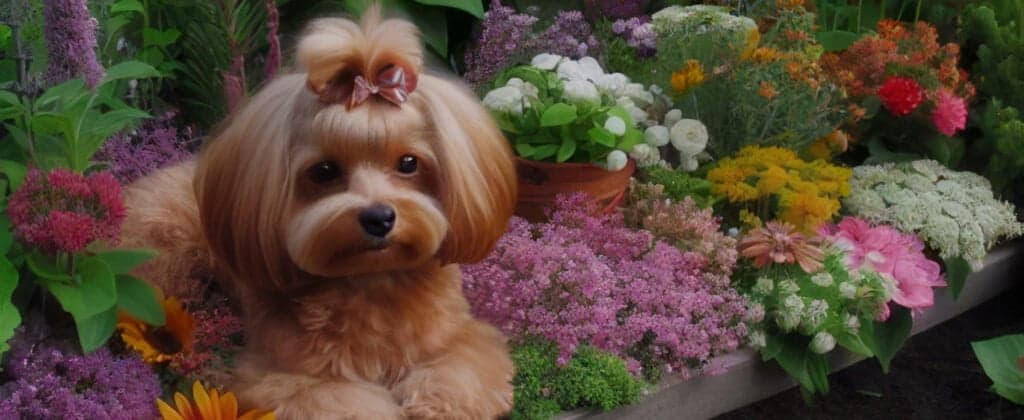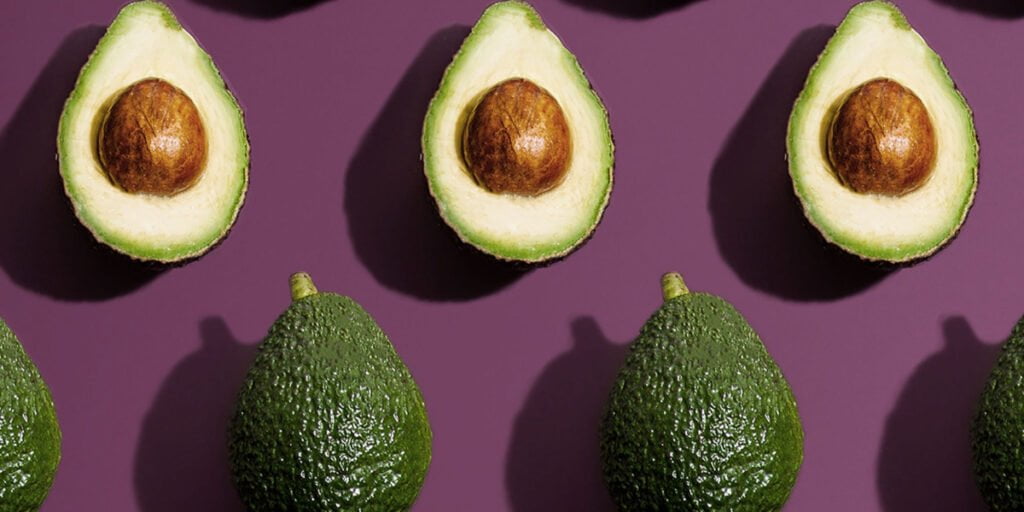Gardens are a source of beauty and tranquility, a place where both flora and fauna can thrive. However, for dog owners, they can also pose hidden dangers due to the presence of toxic plants. Understanding which plants are harmful to dogs is crucial for preventing accidental poisonings and ensuring the safety of our beloved pets.
Common Toxic Plants
Some of the most well-known garden plants can be harmful, or even fatal, to dogs. These include:
- Daffodils (Narcissus spp.): These spring favorites contain lycorine and other compounds that can cause vomiting, diarrhea, and abdominal pain.
- Azaleas and Rhododendrons (Rhododendron spp.): Ingesting even a few leaves can result in oral irritation, diarrhea, and a drop in blood pressure.
- Oleander (Nerium oleander): All parts of this plant are toxic, with effects ranging from gastrointestinal upset to heart failure.
- Lily of the Valley (Convallaria majalis): This plant contains cardiac glycosides, which can cause vomiting, disorientation, and heart irregularities.




Lesser-Known Culprits
There are also lesser-known plants that are equally dangerous:
- Sago Palm (Cycas revoluta): The seeds of this plant are highly toxic and can cause liver failure.
- Autumn Crocus (Colchicum autumnale): This plant’s toxins can lead to severe vomiting, gastrointestinal bleeding, and multi-organ failure.
- Yew (Taxus spp.): Contains compounds that can affect the central nervous system, causing tremors, difficulty breathing, and potential heart failure.
*This list is not exhaustive and if you are unsure, do your own research or seek professional advise.
Symptoms and First Aid
Symptoms of plant poisoning in dogs can vary but often include vomiting, diarrhea, excessive drooling, weakness, and changes in urine color. Remember, if you suspect your dog has ingested any toxic plant, seek veterinary advice immediately. Prevention is key, so it’s essential to be aware of these dangerous plants and avoid growing them in your garden. 🌱🐶
Creating a Dog-Safe Garden
To prevent accidental plant ingestion:
- Be aware of the plants in your garden and remove any that are toxic to dogs.
- Consider planting dog-friendly alternatives like rosemary, thyme, and fennel.
- Use fencing to create a safe zone for your dog, away from potentially harmful plants.
Conclusion
Awareness and prevention are key to keeping our canine friends safe. Share this guide with fellow dog owners and embrace responsible gardening practices. Together, we can create a safe haven for our pets to enjoy. Remember, a dog-friendly garden is not only safer but also a source of peace of mind for every pet owner. Happy gardening!


